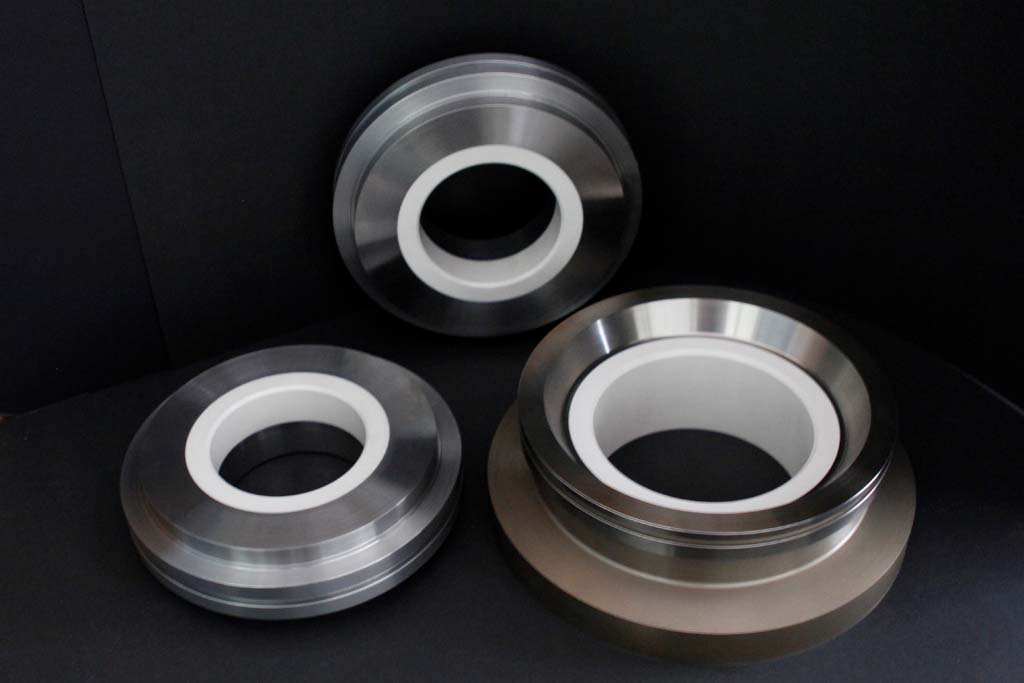Surface Grinding Applications: An Analysis of Material Removal Rates and Grinding Wheel Characteristics
05 July 2024

Discover the importance of surface grinding in manufacturing and learn how to choose the right grinding wheel for your specific application.
Surface grinding is a fundamental metalworking process utilised across numerous Australian industries. Amon Engineering, a trusted name in precision engineering, leverages this technique to deliver high-quality surface finishes for various components.
Understanding Surface Grinding
Surface grinding employs a rotating abrasive wheel to remove material from a workpiece’s surface, achieving a precise and flat finish. This versatile process applies to diverse materials, including metals, plastics, and even ceramics. Here in Australia, surface grinding finds application in a multitude of industries, including manufacturing, automotive, aerospace and tool and die making.
Material Removal Rates: A Balancing Act
A crucial aspect of surface grinding is the material removal rate (MRR), which signifies the volume of material removed per unit of time. A higher MRR translates to faster processing but can also affect the surface finish and potentially damage the workpiece. Conversely, a slower MRR ensures a finer finish but extends processing time.
Several factors influence the MRR in surface grinding:
• Grinding Wheel Characteristics: The grit size, abrasive type, and bond strength of the grinding wheel significantly impact MRR. Coarser grits and harder wheels generally remove material faster.
• Workpiece Material: Different materials have varying degrees of hardness and machinability. Harder materials necessitate slower MRRs to avoid excessive heat generation and potential workpiece damage.
• Machine Settings: Factors like wheel speed, feed rate, and depth of cut directly influence the MRR. Higher speeds, coarser feeds, and deeper cuts result in faster material removal.
• Coolant Application: Using a coolant during grinding helps control heat generation and chip formation, thereby allowing for potentially higher MRRs without compromising the workpiece or surface finish.
Selecting the Right Grinding Wheel: A Key Consideration
The appropriate grinding wheel selection plays a pivotal role in achieving optimal surface grinding results. Here’s a breakdown of key factors to consider:
Grit Size – Coarser grits (lower grit numbers) are ideal for rapid stock removal but may leave a rougher surface finish. Conversely, finer grits (higher grit numbers) generate smoother finishes but remove material at a slower rate.
Abrasive Type – Aluminium oxide is a versatile abrasive for various materials. Silicon carbide excels at grinding harder materials like tool steels and ceramics. Cubic boron nitride (CBN) is a premium abrasive ideal for high-performance grinding applications.
Bond Strength – The bond holds the abrasive grains together in the grinding wheel. A softer bond allows for easier chip formation but wears down faster. Conversely, a harder bond provides better wheel life but may reduce the MRR.
Amon Engineering: Your Partner in Precision Grinding
At Amon Engineering, our extensive workshop in Preston, Victoria, boasts a comprehensive array of surface grinding machines. Our skilled team possesses the expertise to select the optimal grinding parameters and wheel characteristics to achieve the desired surface finish and material removal rate for your specific project requirements.
Optimized by www.NetwizardSEO.com.au
